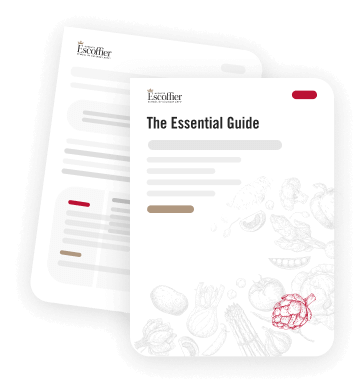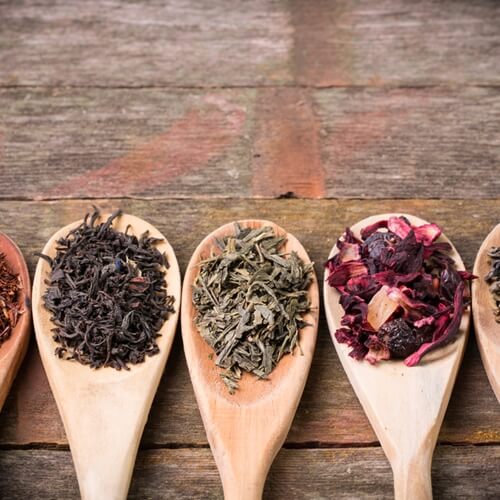Growing Your Own Herbs

Have you ever made a seemingly perfect pasta sauce that something just seemed to be missing from until the idea of basil popped into your head? If you’re enrolled in culinary academy, there’s no doubt that you know the impact herbs can have on your dish. Begin growing your own herb garden and you’ll never be without that special ingredient to perfect your dish. Herbs you can grow indoors all year include:
- Basil.
- Bay.
- Chervil.
- Chives.
- Cilantro.
- Dill.
- Marjoram.
- Oregano.
- Parsley.
- Peppermint.
- Rosemary.
- Sage.
- Spearmint.
- Tarragon.
- Thyme.
Before you begin planting
Determine where you plan to grow your herbs. Most of the time, they grow best outdoors. However, if you live in a climate that gets chilly, plant them indoors, and place them by a south-facing window. Get yourself a large planter with drainage holes to protect your herbs from root rot. You can use one pot for several types of herbs as long as they all thrive under the same growing conditions. For example, rosemary and thyme grow best in semi-dry soil, whereas mints and parsley thrive in moist conditions. It may make sense to have a pot for herbs that benefit from moist conditions and a pot for herbs that do better in drier conditions. You can purchase seeds or baby plants to get your herb garden started, planting them in potting mix. If your start with seeds, don’t bury them too deep below the surface of the soil.
While your herbs are growing
Potting mix dries out pretty quickly, especially if there are a lot of herbs rooted in your pot. If you stick your finger in the pot and it feels dry about an inch deep, give your herbs some water. You can replenish the nutrients by fertilizing them with some house plant fertilizer every few weeks. Be sure to use only half the recommended amount, as herbs are much more fragile than house plants.
Using your herbs
Most herbs are mature by the time they reach six to eight inches. When you’re ready to use your herbs in cooking, snip off the branches or leaves you’d like to use. If your herb is healthy, it’ll grow back pretty quickly. If your herbs are growing much quicker than you use them, you can dry them our or freeze them to use at a later date.
- Drying your herbs: Cut the herbs you’d like and rinse them in the sink. Hang them upside down in a dark, well-ventilated area for a couple of weeks. When you take them down, put them in an airtight container and grind them before you use them.
- Drying your herb leaves: If you want to dry just the leaves of your herbs, set them on a drying rack in the shade for a week. Don’t place them in the sun – unless you want flavorless herbs. Flip them over after a couple of days and put them in an airtight container after a week of drying.
- Freezing your herbs: Wash and dry the herbs before laying them on a cookie sheet in the freezer. Once they’ve frozen, transfer them to an airtight container.


